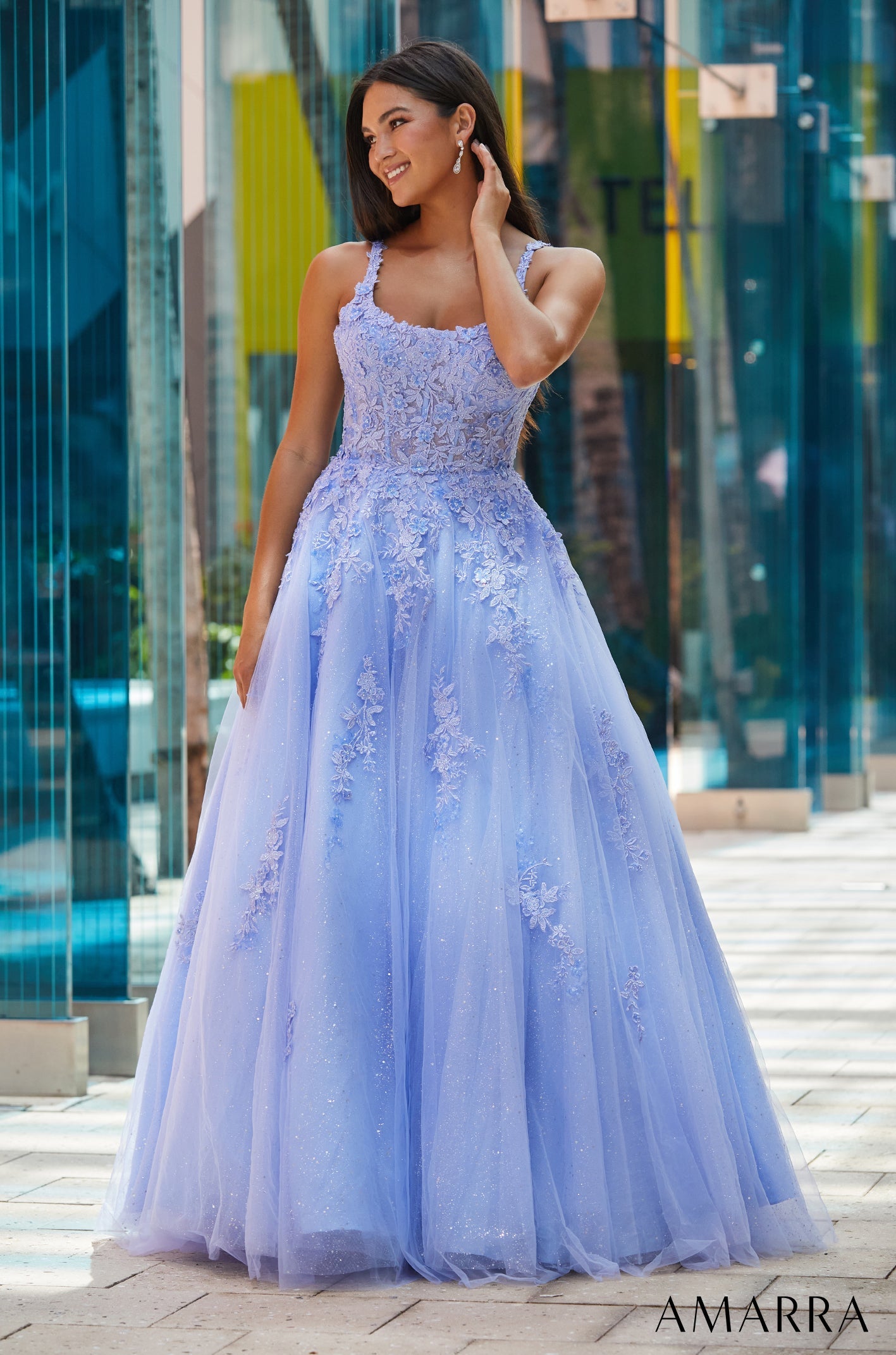The Evolution of Ski Clothes: From Function to High Fashion
The evolution of ski clothing from the early 20th century to the present reflects a marriage of function and high fashion. Initially designed for warmth and protection with heavy wool, skiwear saw transformative changes, introducing trousers for women in the 1920s for greater mobility. Post-World War II, ski apparel incorporated cutting-edge materials for better insulation and flexibility and embraced high-fashion elements introduced by designers like Emilio Pucci. The 1960s to the 1980s witnessed technical and stylistic advancements, with the introduction of smart fabrics and high-tech safety features in the 21st century. This progression illustrates how utility merged with style, preluding an exploration of future technological and sustainable advancements in ski fashion.
Early 20th Century Beginnings
In the early 20th century, the evolution of skiwear began with garments primarily crafted from heavy wool, which provided essential warmth and protection against the harsh, cold climates encountered on the slopes. This period marked a pivotal moment in developing ski attire as fashion began to intersect with functionality. The heavy wool used in these early ski outfits served as a thermal barrier and set a foundational style that would influence ski fashion for decades.
The introduction of trousers for women in the 1920s, replacing the cumbersome skirts previously worn, exemplified a significant shift towards practicality in skiwear. This change enhanced mobility for female skiers and echoed a broader cultural movement towards gender equality in sports. The fabric’s durability and the design’s functionality catered to the freedom desired by skiers, allowing them to navigate the slopes with greater ease and confidence.
Moreover, innovators like Eddie Bauer introduced revolutionary materials and designs during this period, such as the first goose-down jacket in the 1930s. This shift from lambswool to goose-down represented a significant advancement in skiwear, offering enhanced insulation and comfort without the bulk of traditional wool, thus redefining winter sportswear fashion.
1920s Functional Transformations
The 1920s heralded significant functional transformations in ski fashion, most strikingly through the introduction of trousers for women and enhanced zipper technology, facilitating more effortless layering and greater mobility on the slopes. This era marked a pivotal shift towards practicality in women’s ski attire, breaking away from restrictive skirts that hampered athletic movement. Adopting trousers revolutionized women’s skiwear and symbolized a broader movement toward gender equality in sports.
Further innovations included the refinement of zipper technology. Zippers became essential for creating adjustable ventilation and fit, allowing skiers to adapt quickly to changing weather conditions without compromising speed or comfort. This advancement led to more sophisticated layering systems, setting a standard for future skiwear.
These shifts were underpinned by a growing emphasis on materials that offered warmth and flexibility. Although the goose-down jacket and synthetic materials were more prominent in later decades, the groundwork laid in the 1920s was significant. The move towards materials that could withstand the rigors of winter sports without restricting movement was a cornerstone of these functional transformations, demonstrating an early integration of what would become staple elements in ski fashion.
Post-War Style and Innovation
Post-World War II advancements in ski fashion melded couture aesthetics with pioneering material technologies, marking a pivotal era from practical wear to stylish, high-performance apparel. This period saw designers like Emilio Pucci emerge as pivotal figures in transforming ski attire into vibrant, form-fitting couture clothes that appealed to the style-conscious. Pucci’s designs, characterized by bold patterns and streamlined silhouettes, were visually striking and incorporated advanced material technologies that enhanced both comfort and functionality on the slopes.
The post-World War II era was important in setting the stage for ski fashion to evolve into a domain where glamour met utility. Material technology developments during this time focused on fabrics that offered better insulation and flexibility, essential for the demanding requirements of skiing while retaining elements of high fashion. Integrating these technologies meant that skiwear was no longer just about enduring the cold but doing so with elegance and panache.
As ski fashion entered the 1950s, it continued to evolve into a luxury and high-end leisure symbol, reflecting broader cultural shifts towards freedom and personal expression. This blend of technological innovation with couture sensibility underscored a new era where fashion and functionality coexisted seamlessly, forever redefining winter sports attire.
1960s Technical Breakthroughs

Skiwear in the 2000s witnessed significant technical breakthroughs that catered to enhanced mobility and aesthetic trends, transforming traditional attire into a fusion of high-performance gear and contemporary fashion. The first significant innovations were the development of ski jackets and ski helmets, which incorporated modern fabrics and technologies to improve safety and comfort. Ski jackets were redesigned using advanced materials that offered superior insulation, breathability, and waterproofing without compromising weight or bulkiness. This allowed skiers to perform better and stay on the slopes longer, regardless of harsh weather conditions.
Luxury brands also entered the skiwear market, introducing high-end capsule collections that merged runway-ready designs with practical ski features. These collections emphasized quality and style, elevating ski attire to a status and fashion symbol. Meanwhile, ski helmets transformed from purely functional equipment to stylish accessories, sporting sleek designs and integrating new safety technologies, such as improved impact absorption and visibility features.
These innovations marked a pivotal shift in how skiwear was perceived and used. It was no longer just about functionality; it was about making a statement on the slopes, blending freedom of movement with freedom of expression.
1980s Fashion Integration
Building on the technological innovations of the 1960s, the 1970s introduced a vibrant era of fashion integration in skiwear, marked by the adoption of neon colors and the inclusion of synthetic materials to enhance visibility and comfort on the slopes. This decade heralded a pivotal shift where ski fashion integration began to mirror broader cultural trends, incorporating high-performance materials with bold, expressive styles.
The introduction of fleece for effective layering epitomized the blend of functionality with comfort, reflecting the evolving demands of skiers who sought both performance and style in their gear. This era also saw the emergence of ski jackets with zip-off sleeves, an innovation that underscored the growing preference for versatility and adaptability in ski attire.
Moreover, the 1970s ski scene was influenced profoundly by urban style, as streetwear elements began to permeate the slopes. This crossover enriched the aesthetic appeal of ski outfits and broadened their appeal beyond traditional winter sports venues. Brands like Sorel and Canada Goose became iconic during this period, further driving the fashion-forward yet practical skiwear trend. Integrating retro influences with modern designs during the 1970s set a precedent in skiwear, emphasizing freedom and individuality, pivotal in the evolution towards high fashion in the skiing world.
21st Century Smart Fabrics
As the 21st century unfolds, smart fabrics in ski clothing have revolutionized the industry by incorporating materials that enhance warmth and comfort and adapt to changing environmental conditions. These advanced textiles, driven by the integration of nanotechnology and high-performance materials, are tailoring new experiences for skiers who prize both function and freedom.
Innovative fabrics are at the forefront, with features like built-in heating elements that activate in response to external temperatures, ensuring maximum warmth. Moreover, graphene-infused fabrics elevate these garments to unparalleled thermal insulation and conductivity levels, allowing for a lightweight yet highly effective barrier against the cold. This innovative use of graphene highlights the shift towards materials that do not just passively protect but actively respond to skier’s needs.
Additionally, applying nanotechnology in ski clothes enhances their waterproof and breathable capabilities. This technology guarantees that moisture from the body is expelled without allowing water from the outside, maintaining a comfortable microclimate close to the skin. In addition, the development of self-repairing materials extends the lifespan of ski wear, offering a sustainable option that withstands the rigorous demands of winter sports. This synergy of durability and cutting-edge technology encapsulates the modern spirit of ski attire, blending high fashion with high function.
Future Trends in Ski Fashion
Anticipating the future of ski fashion reveals a robust emphasis on sustainability, integrating advanced technologies with eco-conscious materials to redefine functionality and style. The trend towards sustainability is not just a nod to environmental responsibility but also a response to the demands of a market that prioritizes green practices. Future skiwear will likely incorporate biodegradable fabrics and recycled materials, reducing the ecological footprint of each garment while maintaining the high-performance standards expected by enthusiasts.
Technology integration is set to redefine user experience with features such as built-in heating systems and moisture-wicking capabilities. These technological enhancements offer maximum comfort and adaptability to varying climatic conditions without compromising style. The intersection of high fashion and advanced technology will likely bring forth designs that are as visually appealing as they are functional.
Furthermore, customization options will cater to a growing desire for personal expression on the slopes. Modular ski clothing, offering versatile layering and adaptability, speaks directly to a clientele that values individuality and practicality. This shift towards personalized and modular options underscores a broader trend in fashion, where freedom and flexibility are paramount. Ski apparel of the future will protect and perform and resonate with the wearer’s personal style.











